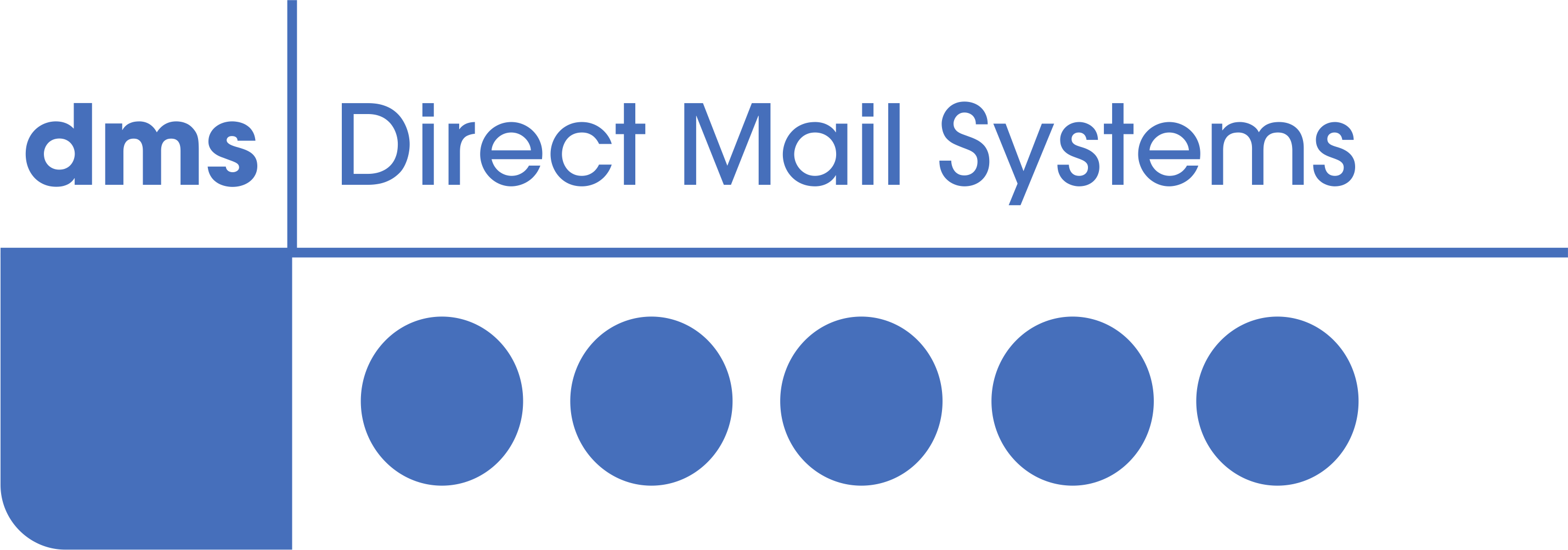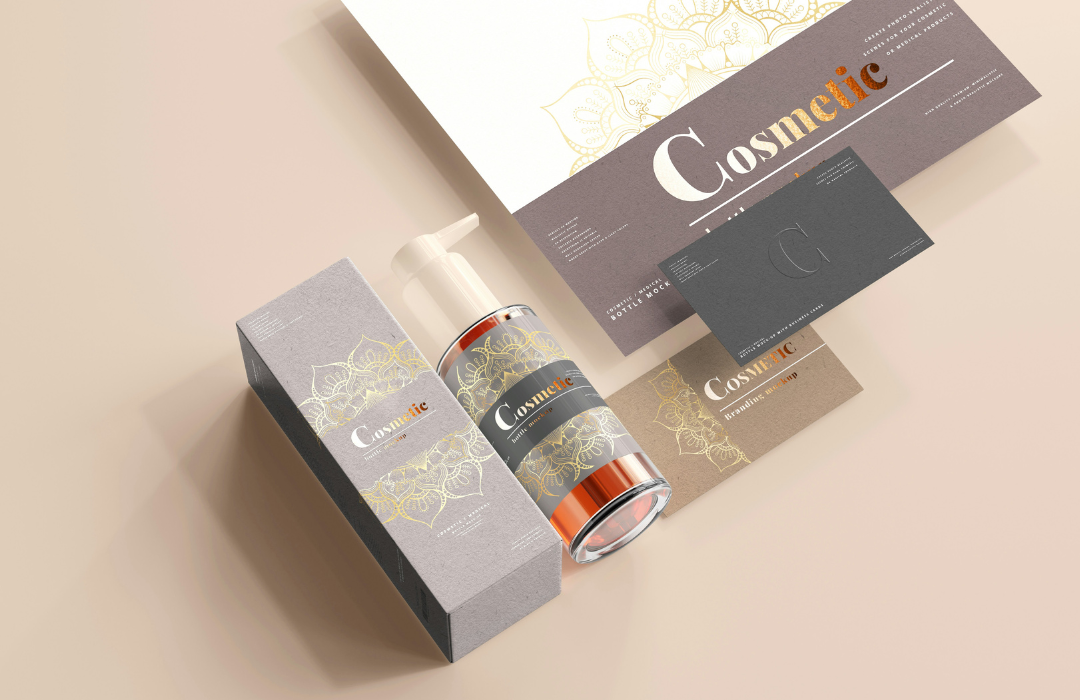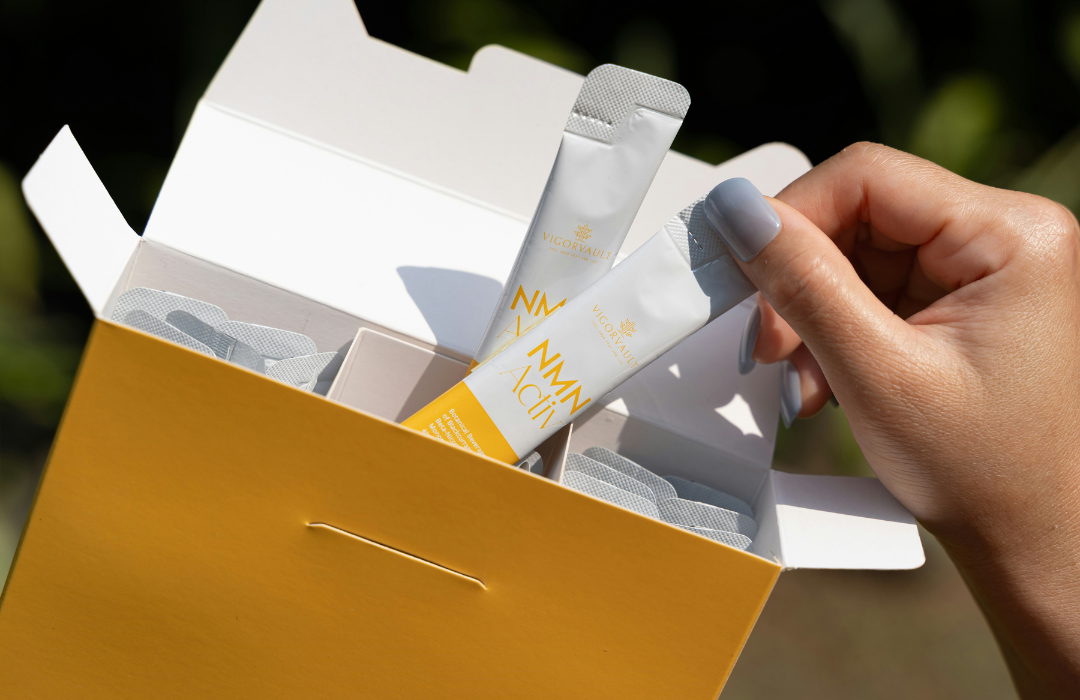Product sampling is one of the most effective marketing strategies for introducing new products, building brand awareness, and driving consumer engagement. By allowing potential customers to experience a product firsthand, businesses can reduce purchase hesitation, build trust, and create lasting brand loyalty. In this guide, we'll explore what product sampling is, why it works, the best strategies for execution, and common pitfalls to avoid.
- What is Product Sampling?
- Why Product Sampling Works
- Best Ways to Execute a Product Sampling Campaign
- Key Elements of a Successful Product Sampling Campaign
- The Role of Direct Mail in Product Sampling
- Product Sampling With DMS
What is Product Sampling?
Product sampling is a marketing technique where businesses distribute free or trial-sized versions of their products to potential customers. This method allows consumers to experience a product before committing to a purchase, increasing the likelihood of conversion.
Sampling can take various forms, including in-store giveaways, direct mail campaigns, online promotions, or event-based distributions. Regardless of the method, the goal remains the same: to introduce the product to the right audience in a meaningful way.
Why Product Sampling Works
Product sampling is effective because it directly engages the senses, reduces consumer risk, and fosters brand trust. Here’s why it works so well:
Reduces Risk for Consumers
Many consumers hesitate to buy new products due to uncertainty about quality or effectiveness. Providing a free sample eliminates this risk, making it easier for consumers to try something new without financial commitment.
Engages the Senses
Unlike traditional advertising, which relies on visuals and messaging, sampling allows consumers to taste, smell, feel, or use a product in real life. This firsthand experience creates a stronger connection between the consumer and the brand. A study found that 88% of people would not have purchased the product they sampled without sampling it first.
Builds Trust and Brand Credibility
Attaching a free sample shows that a company is confident in its product’s quality. When customers try a product and like it, they are more likely to trust the brand and make a purchase.
Encourages Word-of-Mouth Marketing
People love sharing their experiences, especially when they receive something valuable for free. Product sampling naturally encourages word-of-mouth recommendations, both in-person and on social media.
Boosts Conversion Rates
Consumers who try a product are far more likely to buy it. A well-executed sampling campaign can significantly improve sales and conversion rates. Research has found that 65% of people will buy a product if they’re given the opportunity to try it first.
Best Ways to Execute a Product Sampling Campaign
To maximise the impact of a product sampling marketing campaign, businesses need a well-planned strategy. Here’s how to do it effectively:
1. Identify Your Target Audience
A successful product sampling campaign starts with understanding your audience. Who will benefit most from your product? Tailoring your distribution to a specific demographic ensures that the samples reach the right people.
2. Choose the Right Distribution Method
There are several ways to distribute product samples, including:
- Direct Mail Sampling – Sending samples to targeted consumers via mail ensures they reach the right hands.
- In-Store Sampling – Ideal for food, beverage, and beauty products, allowing customers to try before they buy.
- Event-Based Sampling – Handing out samples at trade shows, festivals, or community events creates a memorable experience.
- Online Sampling Campaigns – Sending samples to influencers or through sign-up promotions can drive digital engagement.
3. Make the Experience Memorable
Presentation matters. Packaging should be visually appealing and aligned with your brand, as should the accompanying direct mailer if you are using this method. Including a thank-you note or a personal touch can enhance the customer experience and make them more likely to remember your product.
4. Provide a Clear Call-to-Action (CTA)
The call-to-action you want the recipient to take after trying the sample should be clear and easy to do. This could be:
- Visiting your website for a special discount
- Posting a review or sharing on social media
- Participating in a feedback survey
5. Use Data to Optimise Your Strategy
Track and measure the effectiveness of your sampling campaign. Collecting customer feedback, tracking redemption rates, promotional code uses and analysing purchase behaviour can provide valuable insights for future campaigns.
6. Follow Up with Customers
A follow-up email, text, or social media engagement after a customer receives a sample can help convert them into paying customers. Offering an exclusive discount or personalised recommendation can enhance the likelihood of conversion.
Key Elements of a Successful Product Sampling Campaign
Executing a product sampling campaign involves more than just distributing free products. To ensure success, focus on these key elements:
1. Right Timing and Context
Consider when and where consumers are most likely to appreciate and engage with your product. Seasonal timing, industry trends, and consumer habits can all influence the success of your campaign.
2. Personalisation
Adding a touch of personalisation, such as customised packaging or a message addressing the recipient by name, can enhance the customer experience and foster a stronger brand connection.
3. Scalability and Cost Efficiency
While product sampling can be highly effective, it should be scalable and cost-efficient. Analyse the cost of production, distribution, and follow-up to ensure a strong return on investment.
4. Measuring and Adjusting Strategy
Success in product sampling comes from continuous improvement. Monitor key performance indicators (KPIs), gather customer feedback, and adjust your strategy based on results.
The Role of Direct Mail in Product Sampling
Direct mail remains one of the most effective ways to deliver product samples directly to consumers. Unlike digital ads, direct mail engages recipients physically, creating a tangible brand experience. Here’s why direct mail is a powerful tool for sample distribution:
Highly Targeted Distribution
Businesses can use data to send samples to highly specific demographics, ensuring their product gets into the hands of the right audience.
Increased Engagement
Physical mail has a higher open and engagement rate compared to digital marketing efforts, making it a great way to capture customer attention.
Personalisation
With personalised direct mail, messaging and tailored packaging, direct mail can create a deeper connection with consumers, increasing the chances of conversion.
Product Sampling With DMS
Product sampling is a powerful marketing strategy that builds brand awareness, fosters customer trust, and increases conversions. With the right strategy in place, product sampling can turn first-time users into loyal customers and brand advocates, making it a worthwhile investment for any product launch or brand expansion effort.
Direct Mail Services (DMS) are highly experienced in producing and fulfilling product sampling for leading companies across multiple sectors. With decades of expertise in direct mail and targeted marketing, we can help your brand connect with the right audience, drive engagement, and maximise return on investment.
Get in touch today for a free quote and to discuss your next campaign.




